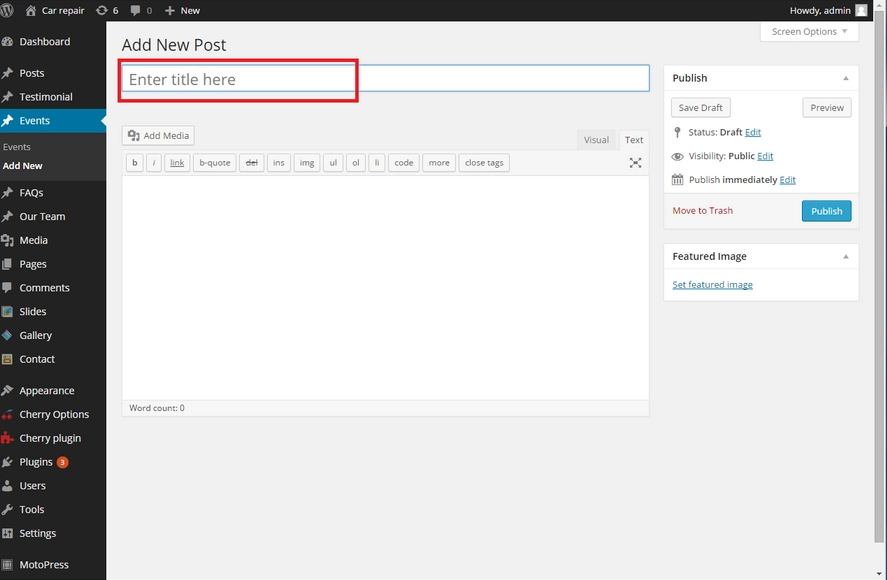Voice over Internet Protocol (VoIP) systems have become a staple in modern business communication due to their cost-effectiveness and versatility. However, like any technology, VoIP systems can encounter issues that disrupt daily operations. Troubleshooting these common VoIP phone problems is essential to ensure uninterrupted and efficient communication within your business.
Poor Call Quality
Issue: Poor call quality is a frequent VoIP problem that can manifest as dropped calls, jittery audio, or echo during conversations.
Troubleshooting: Begin by checking your internet connection. A stable and high-speed internet connection is crucial for VoIP. If the connection is sound, evaluate your network equipment, including routers and switches. Ensure that they are VoIP-compatible and properly configured. Additionally, consider implementing Quality of Service (QoS) settings on your network to prioritize VoIP traffic.
Network Congestion
Issue: Network congestion can lead to voice distortion and dropped calls when too many devices are competing for bandwidth.
Troubleshooting: Identify the source of congestion by monitoring network traffic. Consider implementing traffic shaping to allocate bandwidth to VoIP traffic and prioritize it over non-essential data. Upgrading your internet plan or increasing available bandwidth may also alleviate congestion.
Echo or Feedback
Issue: Echo or feedback during calls can be distracting and hinder effective communication.
Troubleshooting: Echo is often caused by acoustic issues within the office space or incompatible headsets. Ensure that employees are using high-quality headsets designed for VoIP calls. If the issue persists, consider implementing echo cancellation technology within your VoIP system.
Call Drops or Disconnections
Issue: Frequent call drops or disconnections can disrupt important conversations and lead to frustration.
Troubleshooting: Check your network’s stability and ensure that all network equipment is functioning correctly. Updating firmware and software on VoIP phones and equipment can resolve compatibility issues that may lead to call drops.
Inadequate Bandwidth
Issue: Insufficient bandwidth can result in call quality issues and latency.
Troubleshooting: Conduct a bandwidth assessment to determine if your current internet plan meets the demands of your VoIP system. If not, consider upgrading to a higher-speed plan to accommodate the increased data traffic associated with VoIP calls.
Voicemail Problems
Issue: Voicemail issues may include difficulties accessing or receiving voicemail messages.
Troubleshooting: Verify that voicemail settings and permissions are configured correctly for users. Ensure that voicemail boxes are not full, preventing new messages from being recorded. Regularly update and maintain your VoIP system’s voicemail settings.
One-Way Audio
Issue: In some cases, users may experience one-way audio, where they can hear the caller but the caller cannot hear them or vice versa.
Troubleshooting: This issue often stems from network configurations or firewall settings. Check your network’s firewall rules to ensure that VoIP traffic is not being blocked. Additionally, confirm that network address translation (NAT) settings are correctly configured to allow for two-way communication.
Software or Firmware Updates
Issue: Outdated software or firmware can lead to compatibility issues and security vulnerabilities.
Troubleshooting: Regularly update the software and firmware of your VoIP phones, routers, and switches. Stay informed about vendor releases and apply updates promptly to benefit from bug fixes, security enhancements, and new features.
In conclusion, VoIP system issues are not uncommon, but with proper troubleshooting, they can be resolved efficiently. By addressing poor call quality, network congestion, echo or feedback, call drops, bandwidth limitations, voicemail problems, one-way audio, and staying current with software and firmware updates, you can maintain a reliable and high-quality VoIP communication system within your business.
Regular monitoring and proactive maintenance are key to ensuring that VoIP issues are minimized, allowing your organization to reap the full benefits of this modern communication technology.












Leave a Reply